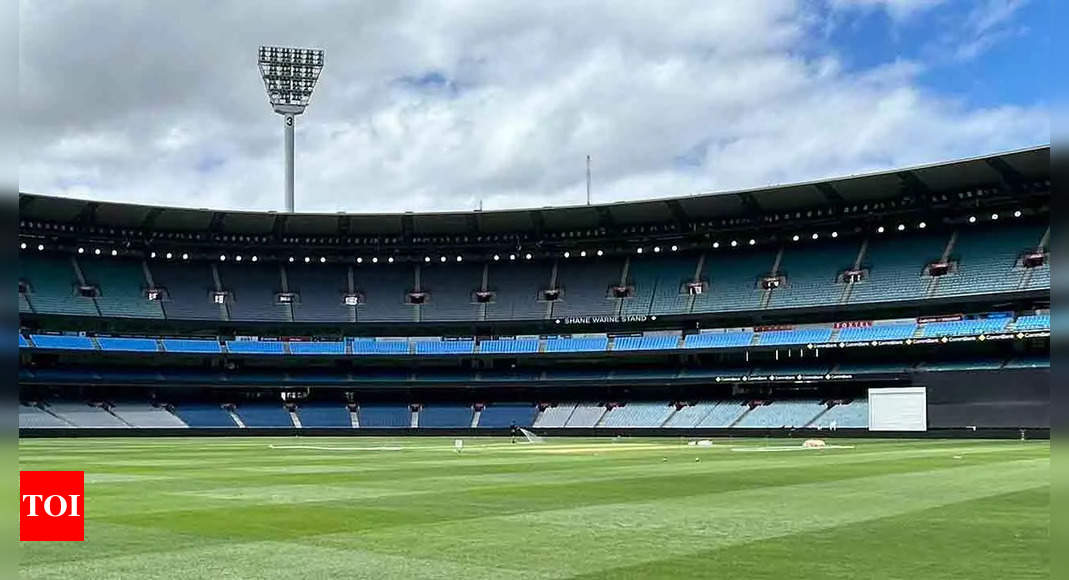
BENGALURU: Isro, which got the Union cabinet clearance for its fourth lunar mission, the Chandrayaan-4, has completed the initial design study for setting up a facility to process the 2-3kg of lunar samples this mission will bring back to Earth, while the long-term lunar vision will involve setting up of permanent communication networks and establishing GPS-like infrastructure on Moon and much more.
In an exclusive interview to TOI, Isro chairman S Somanath said: “Currently, the experience for handling any such material is only with PRL. And, they have been doing it with very sophisticated instruments. But, raw material containerisation, slicing, and preserving it for long periods of time will all require much more facilities.”
At present, he said, project detail has been worked out by PRL and that a configuration of that was available. “Facility building is currently under discussion. This cannot happen in a short time and cost is also high. We will have to look at how to contain costs as we cannot spend too much money on sample processing, this will cost hundreds of crores. So we are looking at how to do it at a low cost. Those discussions are going on,” Somanath said.
Initial design study of lunar sample processing facility ready; GPS, comms network on moon & more in pipeline
Pointing out that Chandrayaan-4 and other missions approved by the cabinet on Sept 18 are only part of the first phase of the long-term vision set by Prime Minister Narendra Modi, Somanath said, space station enhancement will be the next step as the clearance now is only for the first unit of the Bhartiya Antriksh Station (BAS) and Isro needs four more units of BAS.
Following this, Isro will focus on missions to the space station — each mission is a rocket-plus-crew module involving cost, which would differ based on whether it is crewed or uncrewed.
“A series of these missions will need approvals, for building/constructing and integration. After that we’ll need at least 3-4 missions a year to the space station. The next set of approvals will be the Chandrayaan series of missions. These are beyond Chandrayaan-5,” Somanath said.
Isro will need many technologies to be proven. “For example, we’ll need to go around the Moon and come back. Then, we should scale up the payload capacity which will be similar to the one with the mission that will ultimately take humans to the Moon. We also need to establish communication infrastructure on the Moon so that you don’t depend on the module that we sent alone. We need a permanent communication relay station there,” Somanath said.
Human landing would also need navigation infrastructure like GPS. “Landing is very difficult given the nature of the Moon. Right now we use cameras to look at the terrain to finalise a precise location for landing. Precise landing is easier on Earth because we have navigational tools. There are global efforts to build navigation infra for the Moon using multiple satellites and India should also become part of it and make some contribution so that we can use it,” Somanath said.
Lastly, he said, India would need to establish ground systems. Right now, Isro has only one deep space network, which won’t be enough. It will need a global network, which includes bigger antennas in other continents.
“…We have started discussions on this. We also need to have a space-based communication network using relay satellites. Work on this is happening for Gaganyaan. It has reached reasonable completion and will be launched in the coming days. Many such components are required. We’ve identified various phases in which we will seek approvals,” Somanath said.







